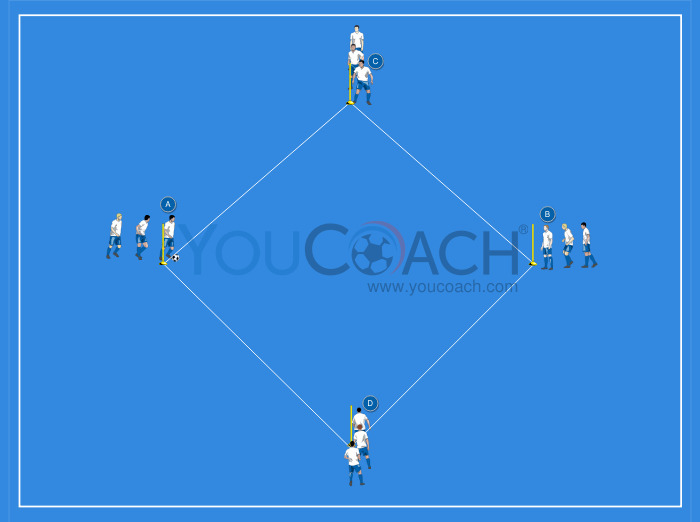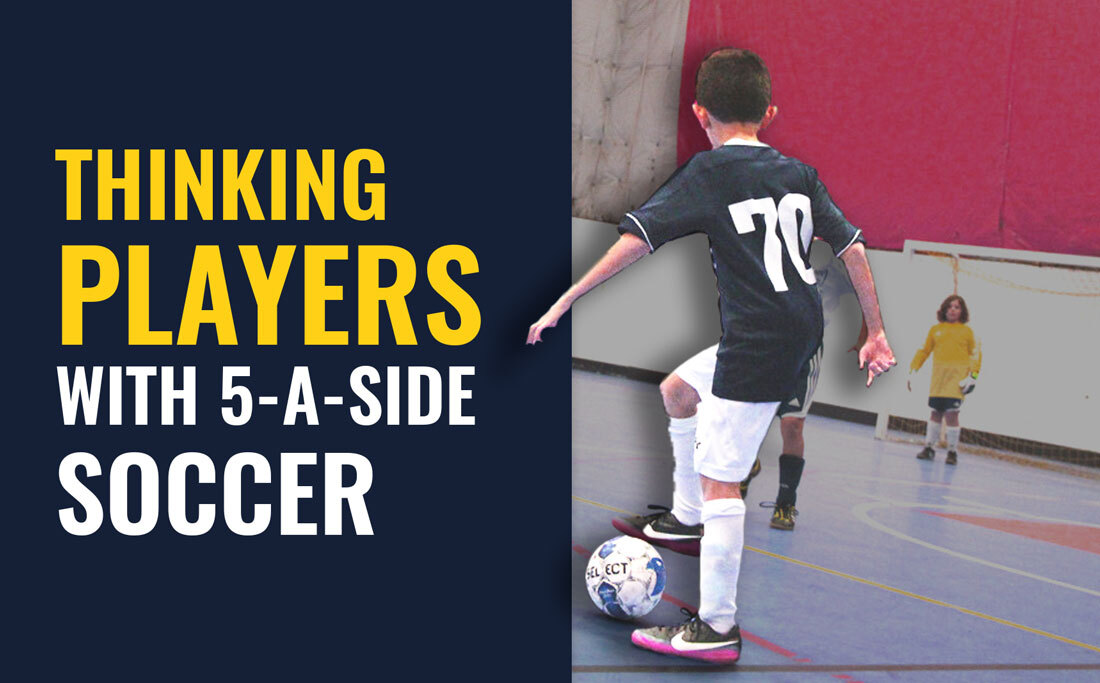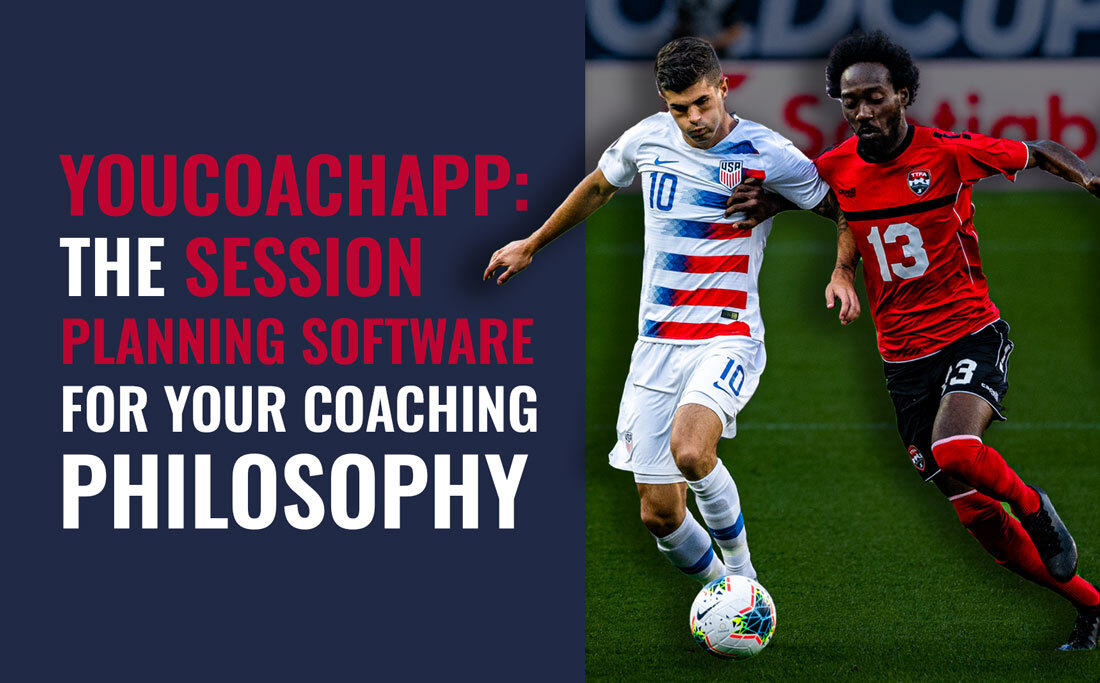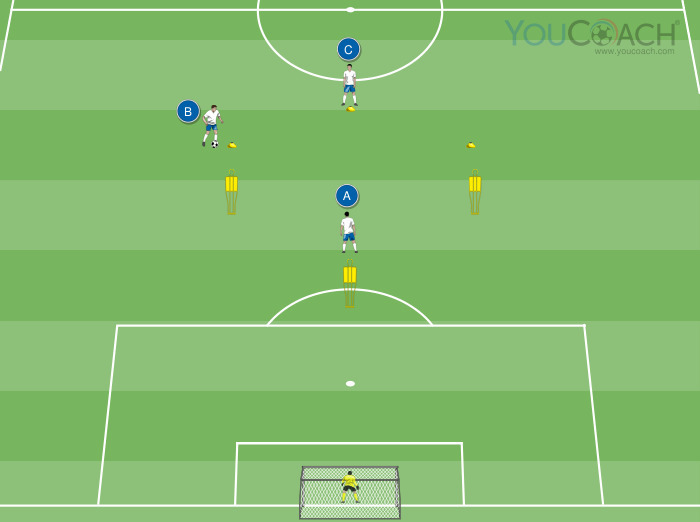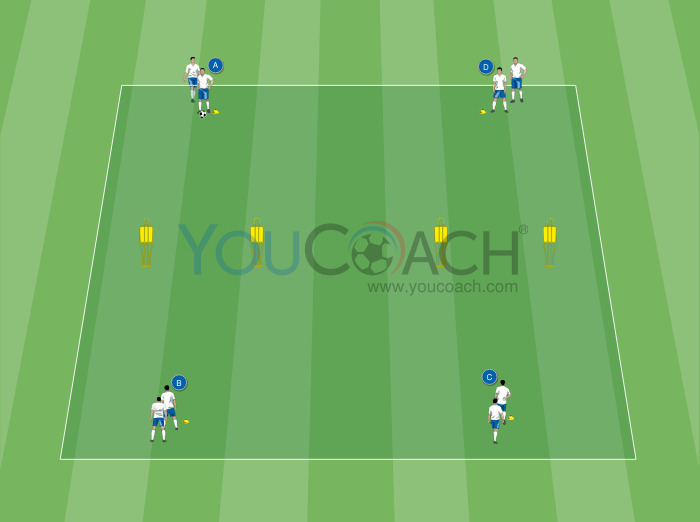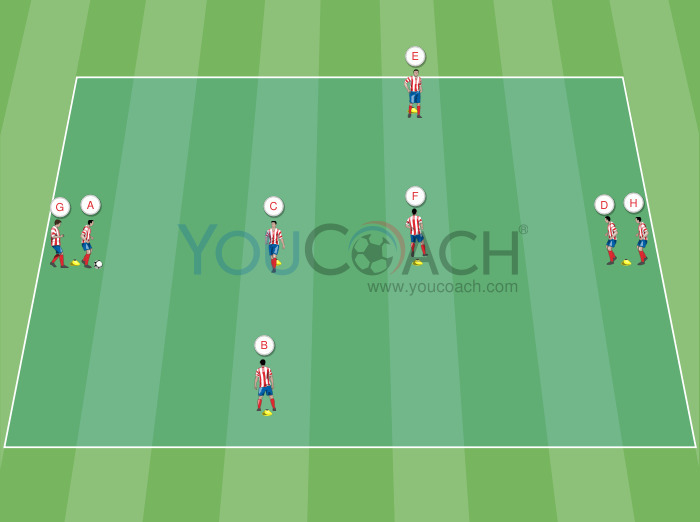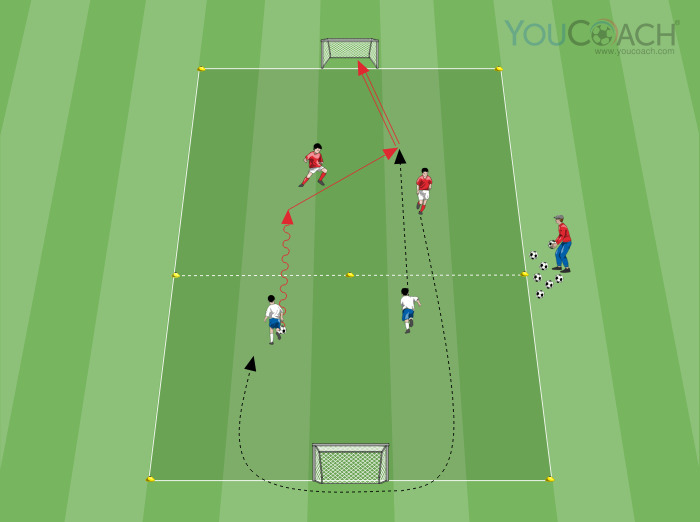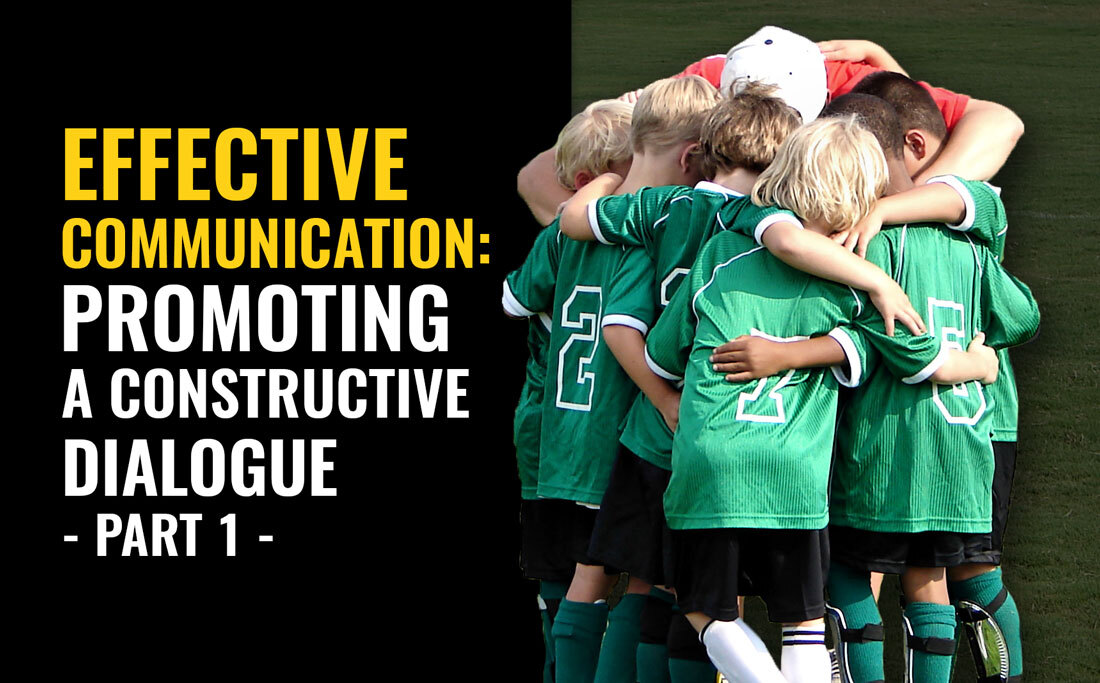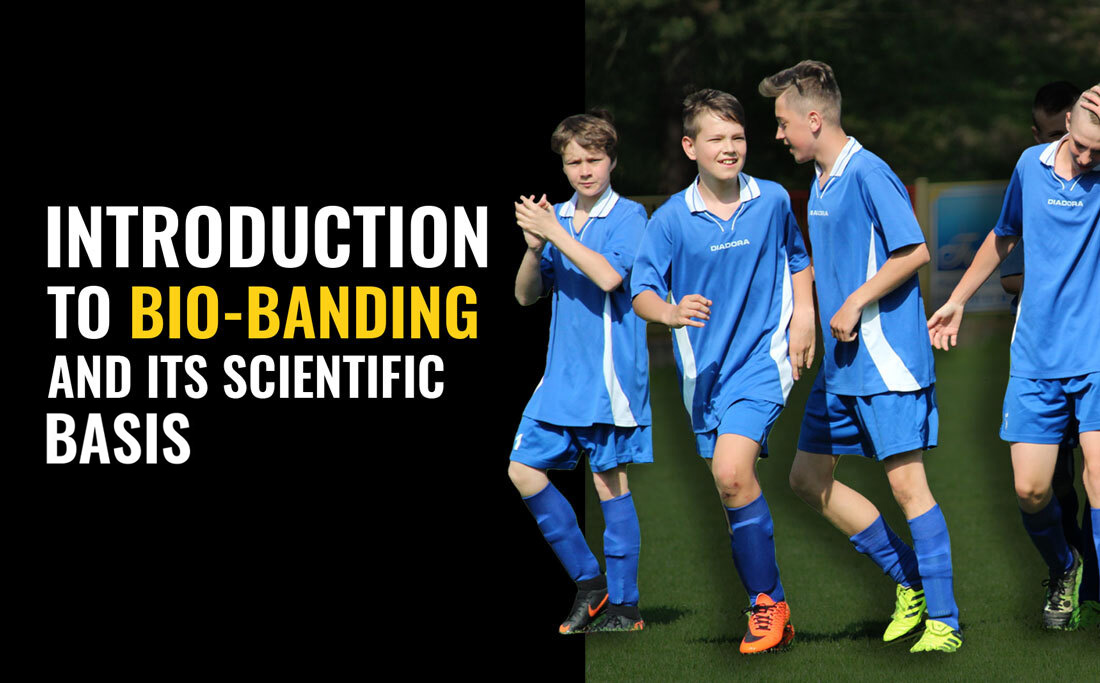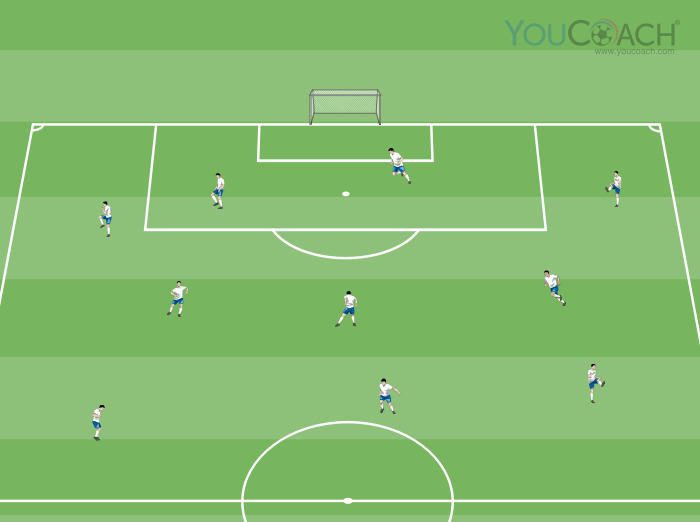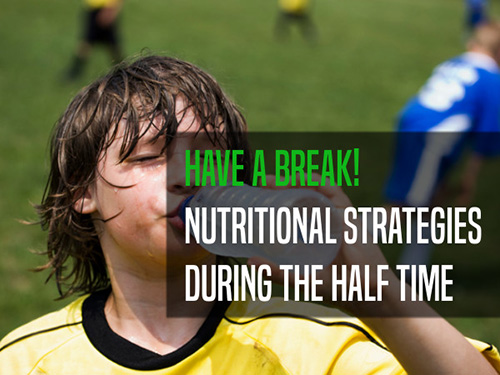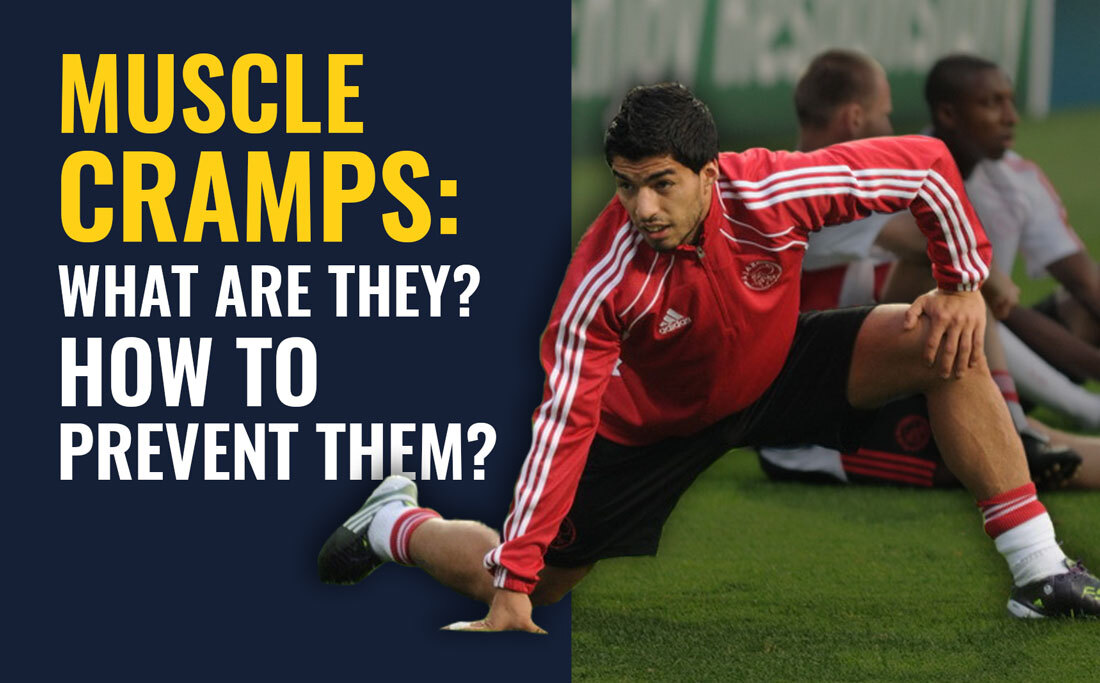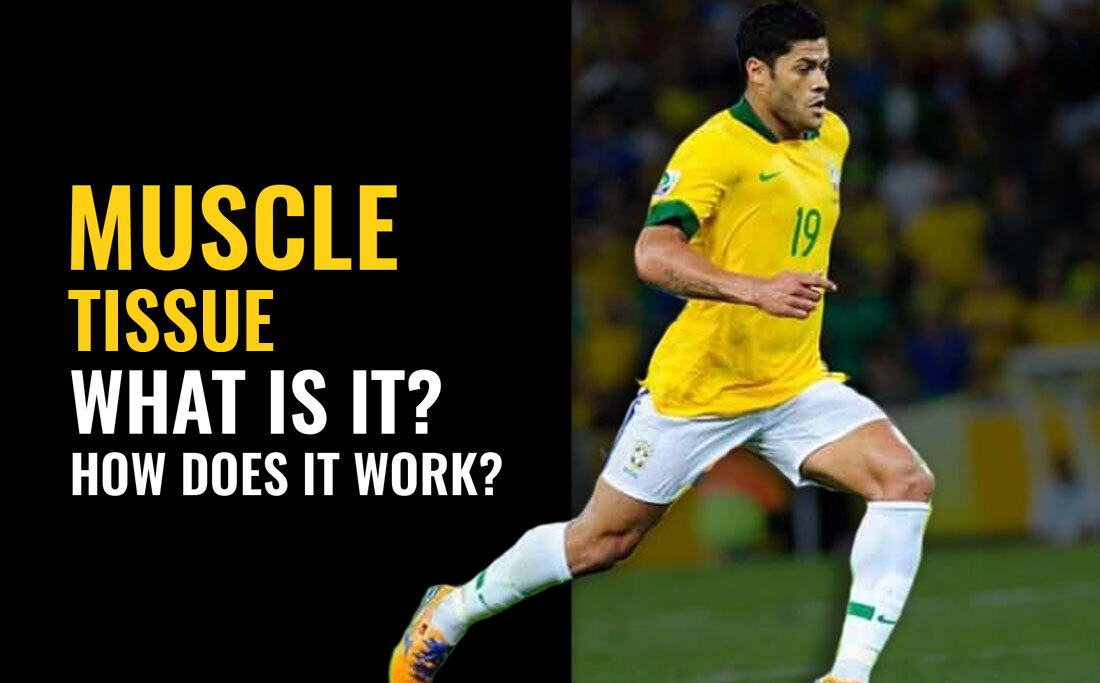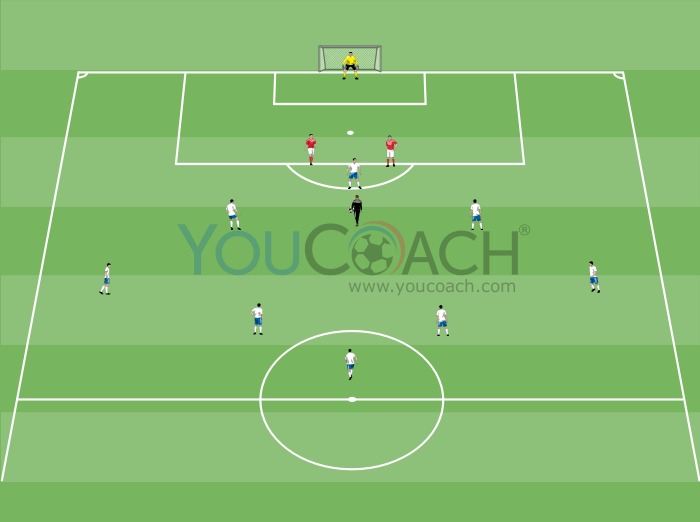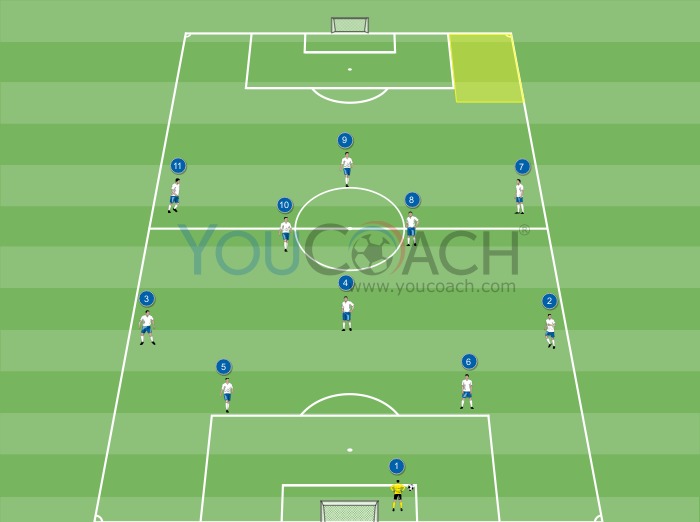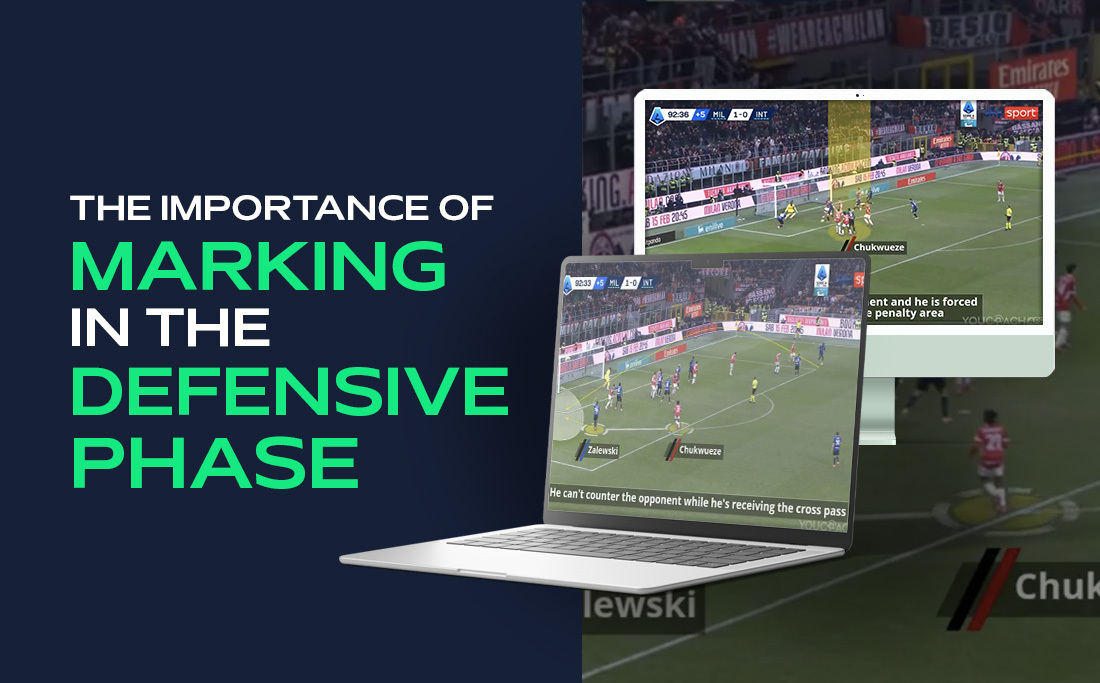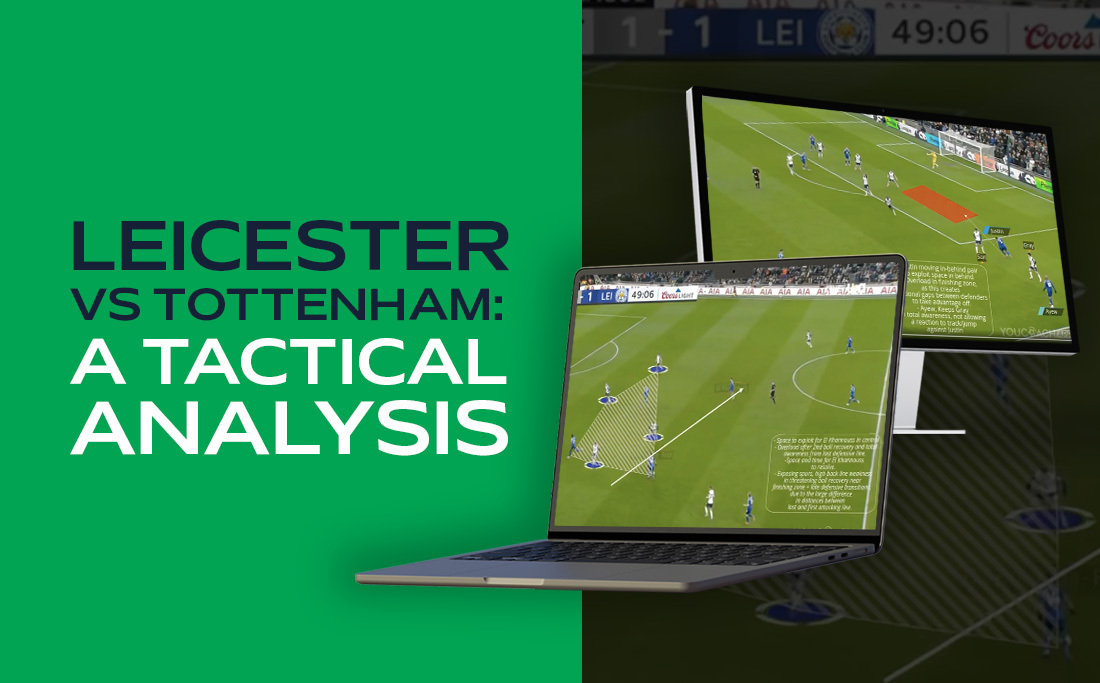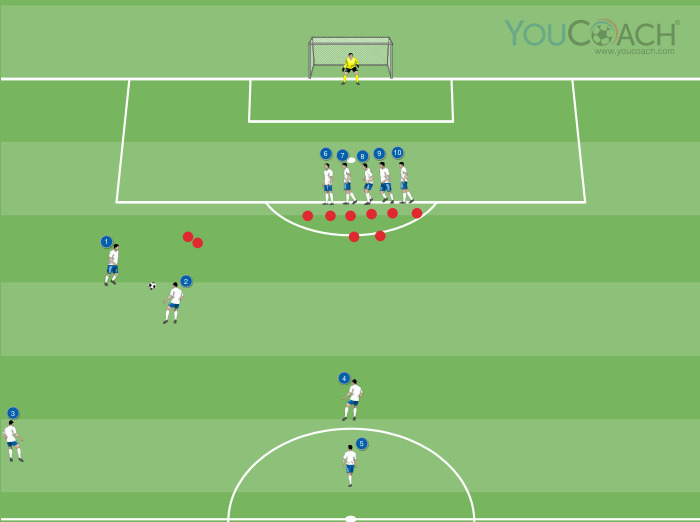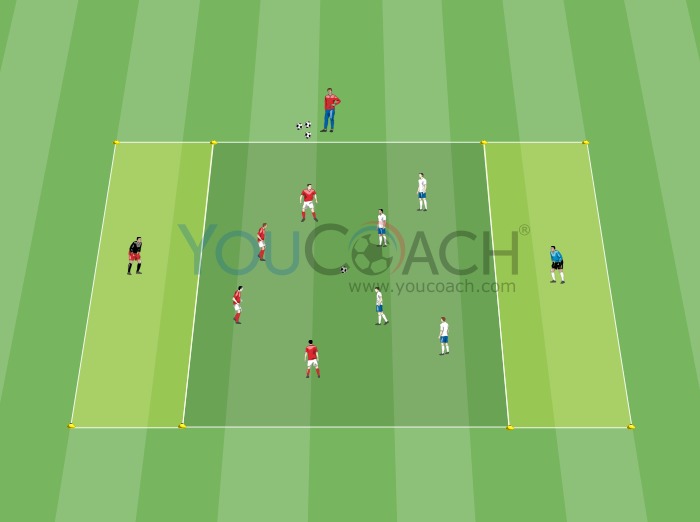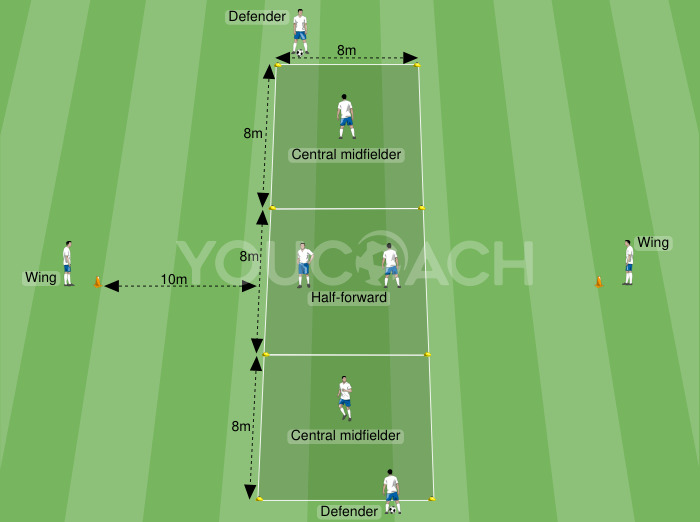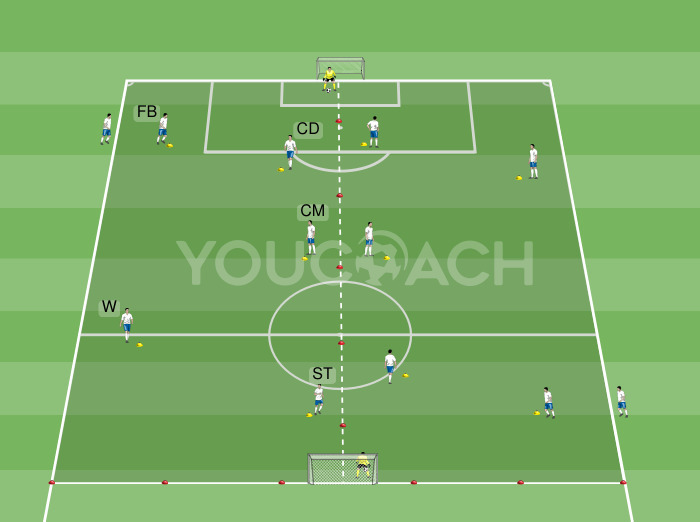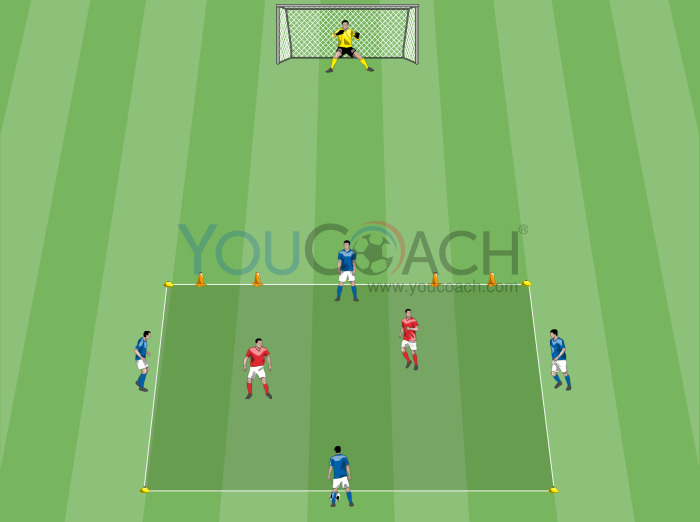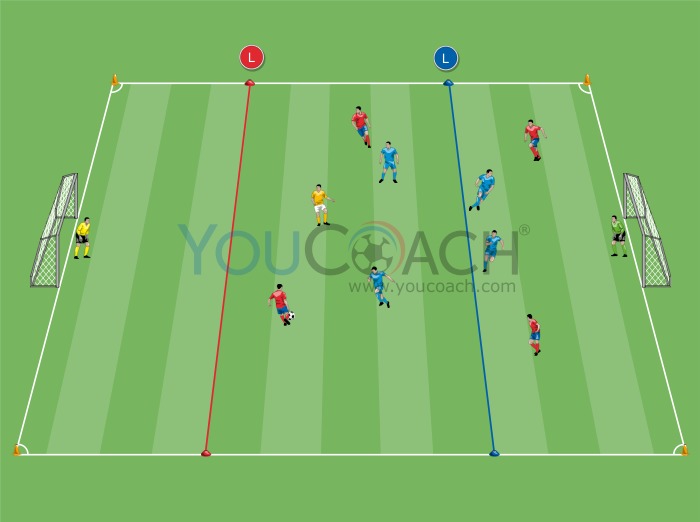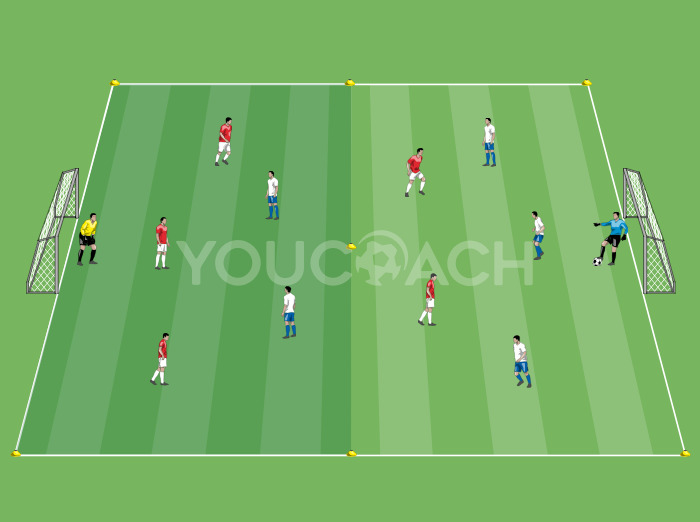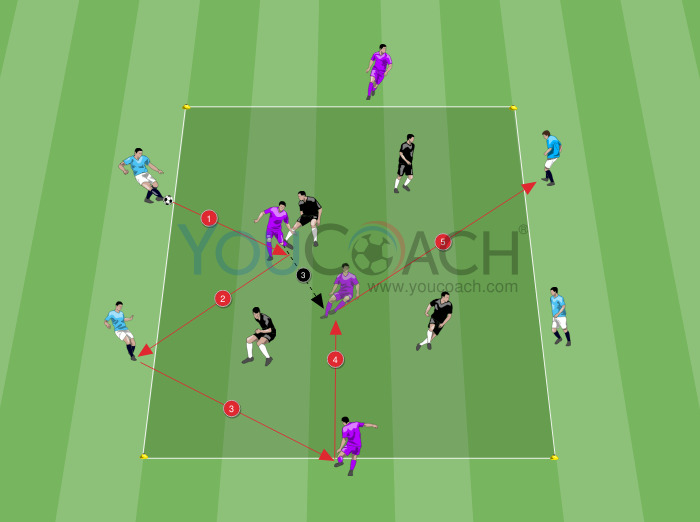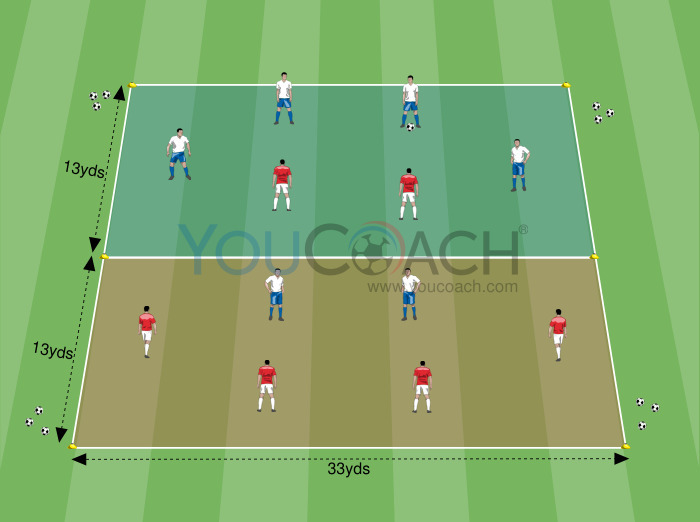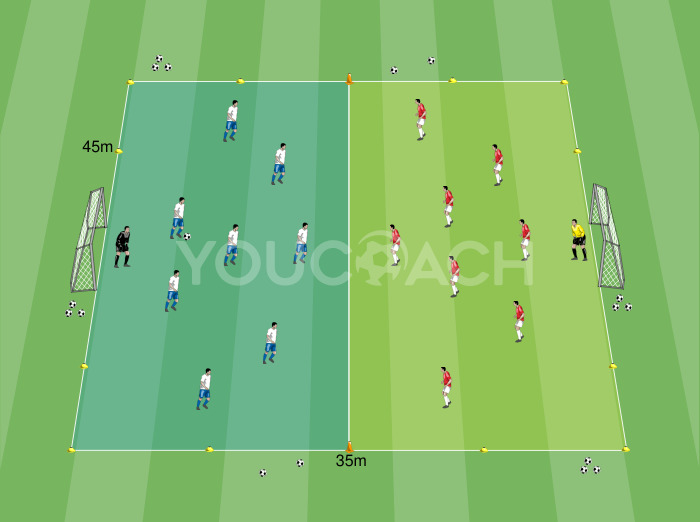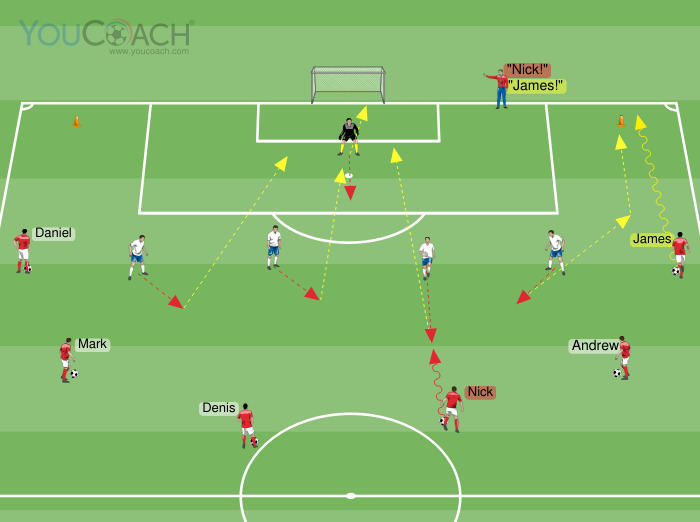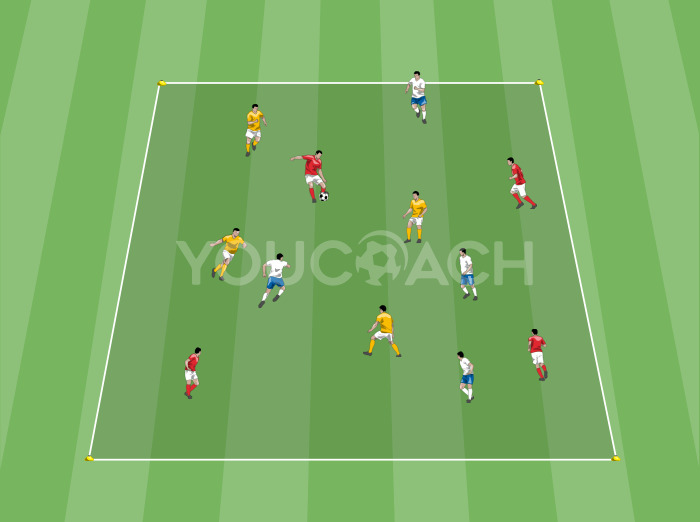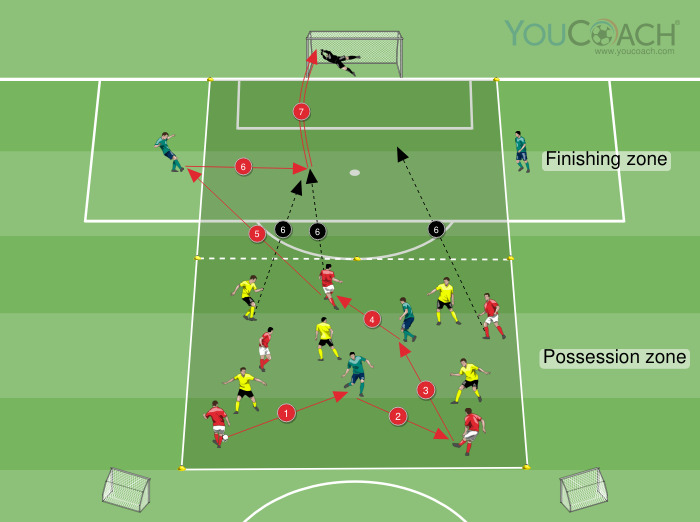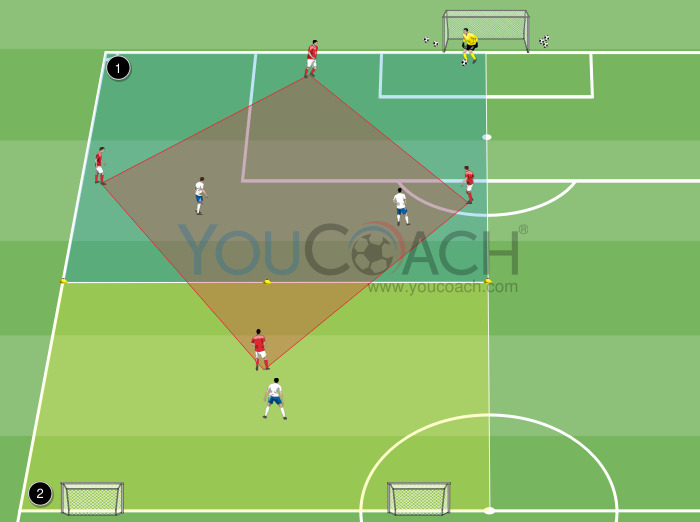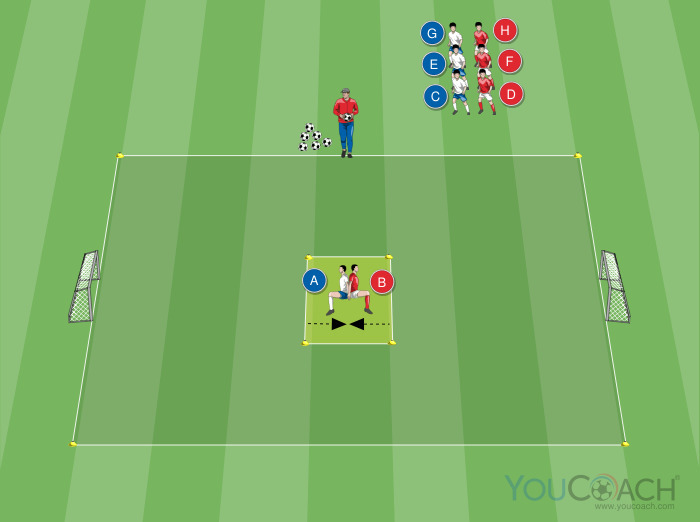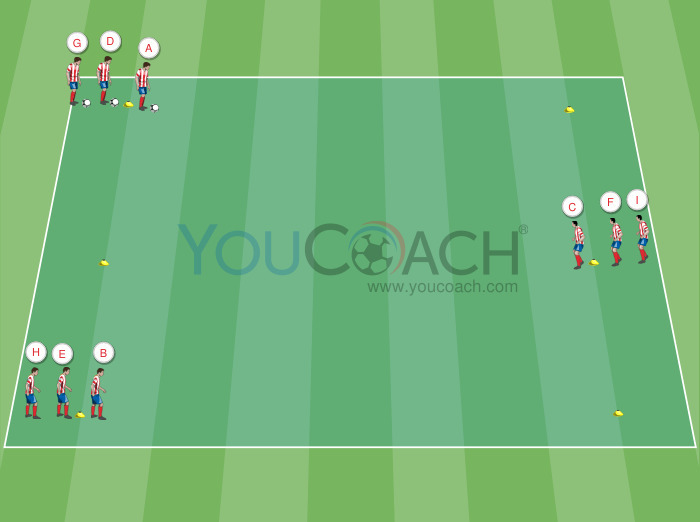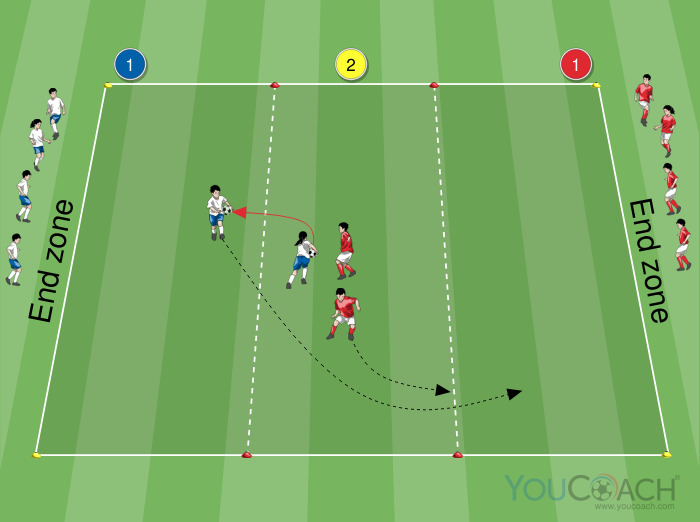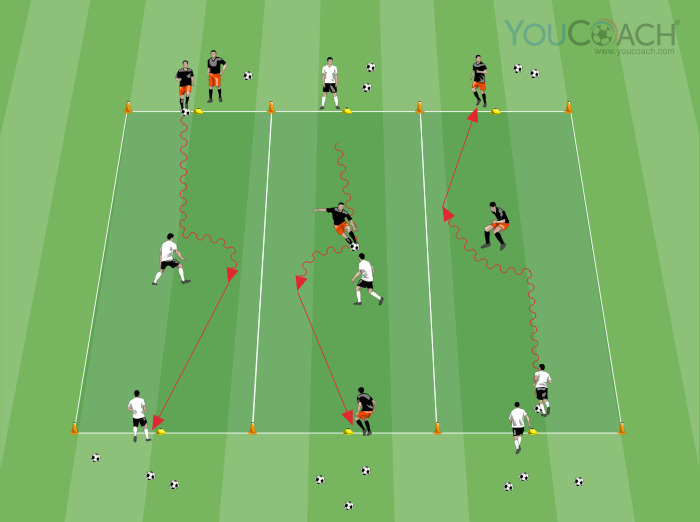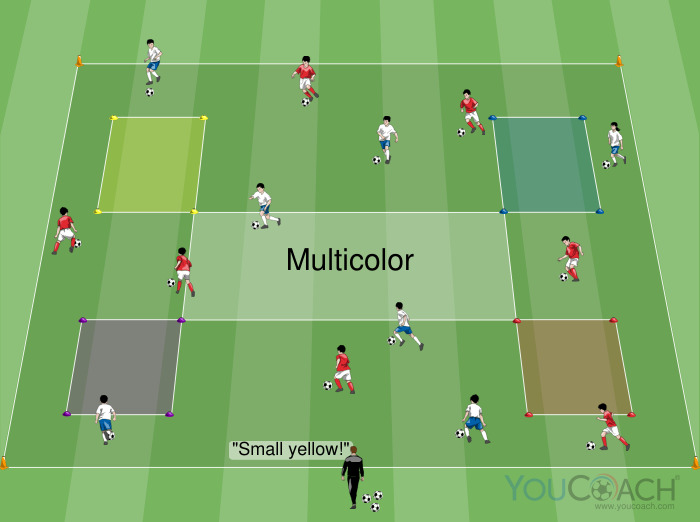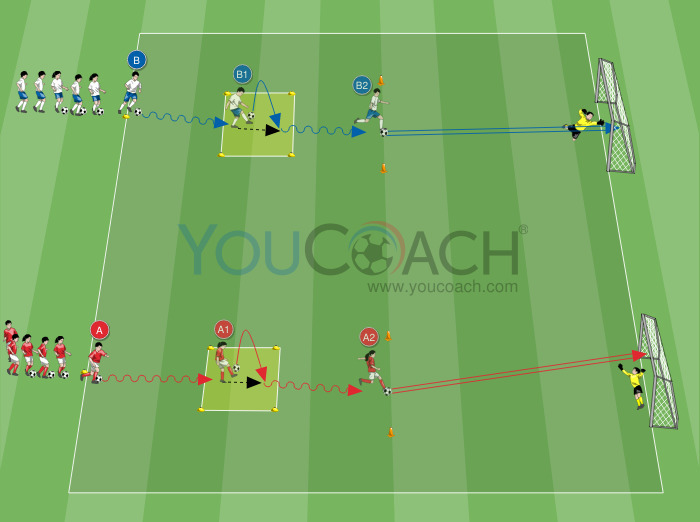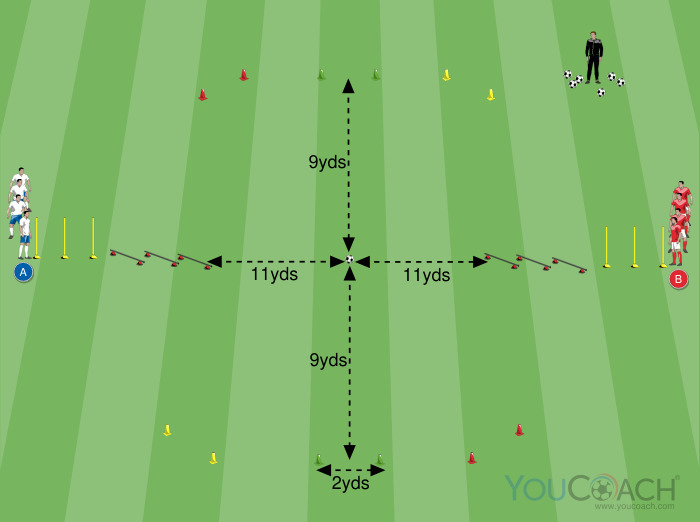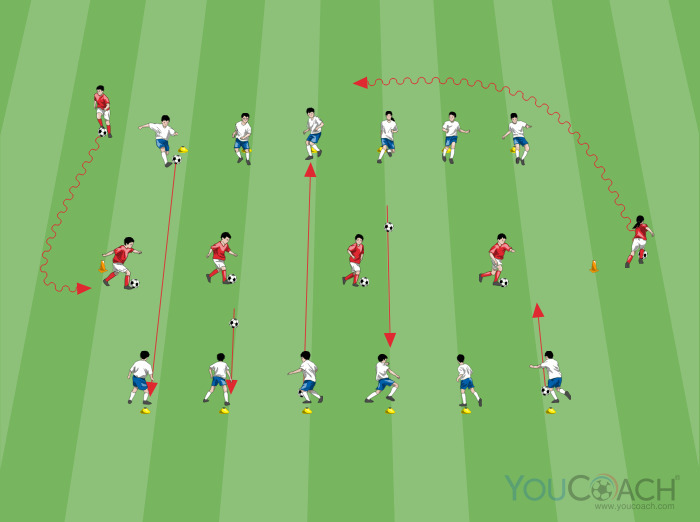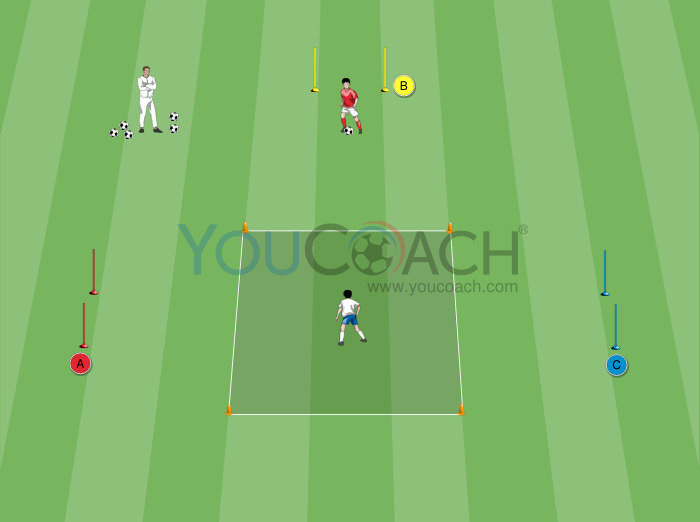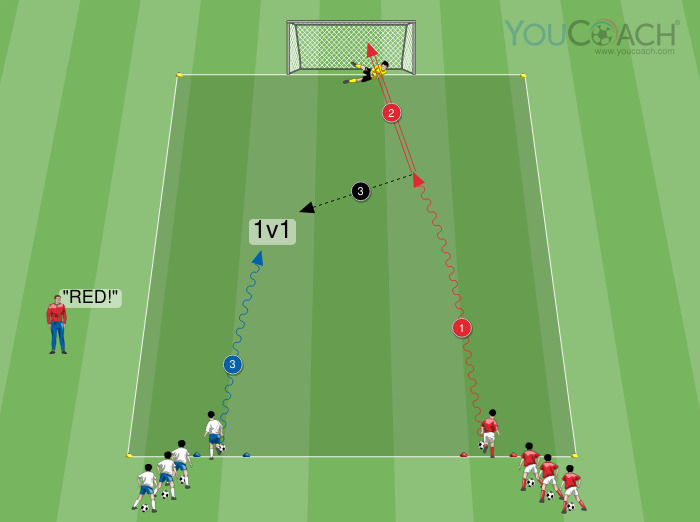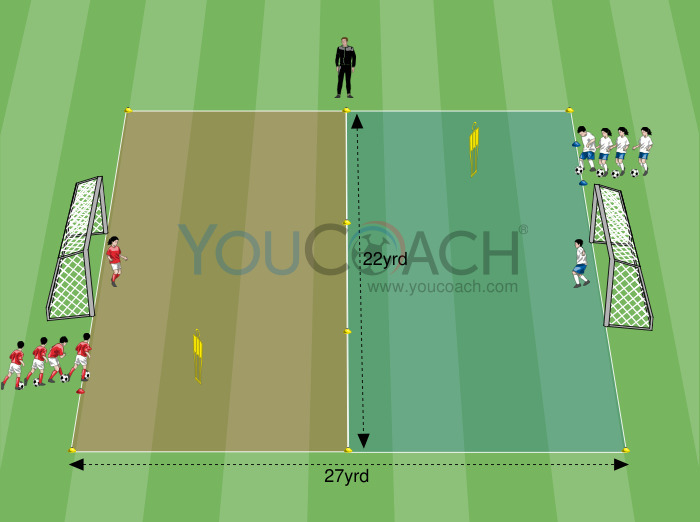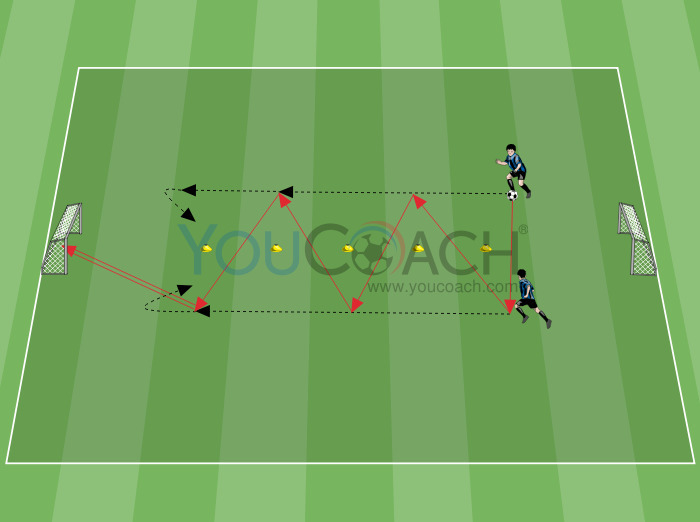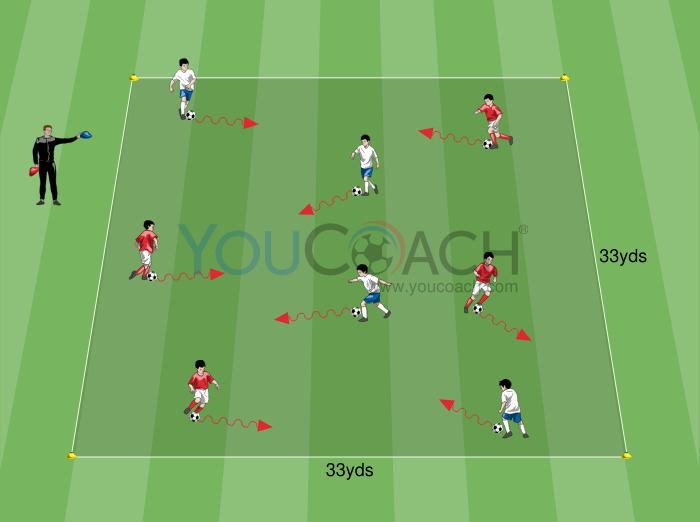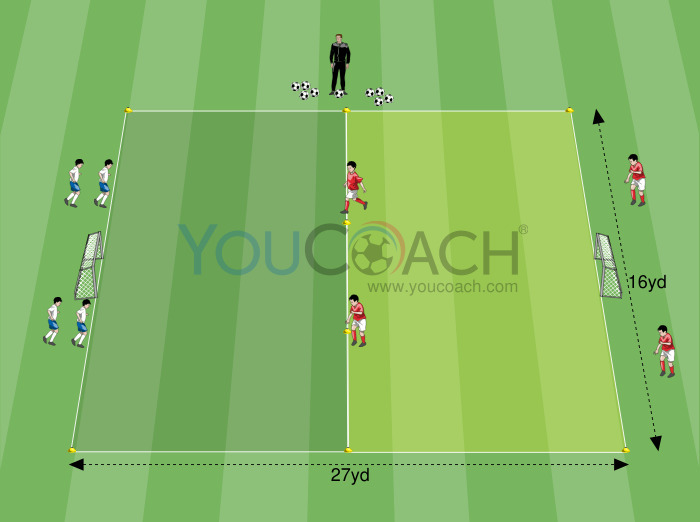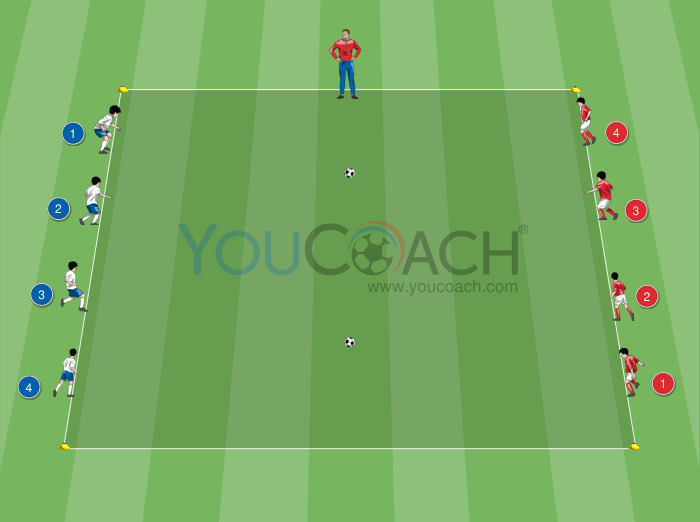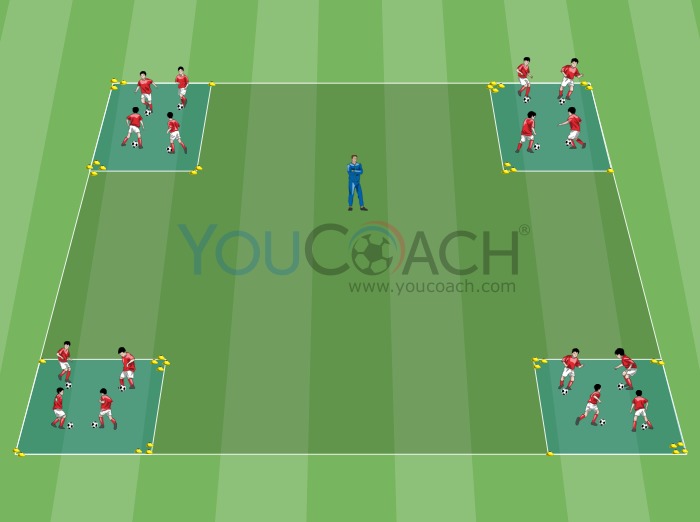The midfield: brain, heart and lungs of a modern team
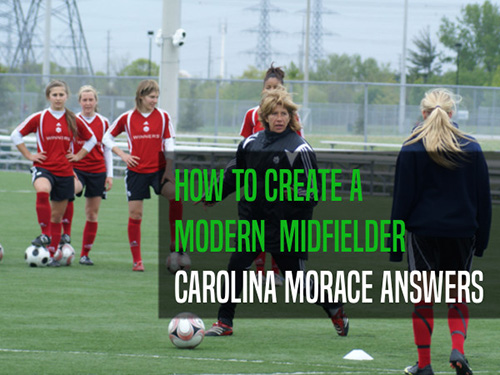
|
How to create a modern midfield: Features of individuals and collective tasks combine for a proactive, concrete play |
- Which is the role of the midfield in modern football?
In modern football the midfield must grant balance to the team in both phases:


EXERCISE 1: on midfielders’ interception
- The whites cannot cross the yellow line but will have the right position of their bodies for the opponent’s outside pressure (not flat footed)
- The reds keep possession on two mandatory touches
- Every time they manage to pass the ball to the three reds positioned on the other side as in the figure above (Fig.3) they win a point.
- The passes between two reds, i.e., not across, is worth no points
- The midfielders can adopt a “L” defence with a side ball (Fig.4)

Fig.3: A useful exercise for interception by midfielders

- What technical, tactical, physical and psychological attributes should a playmaker have?
The central midfielder has a good passing technique using both the internal and the instep, a good technique in shooting from distance, preferably combined with good aereal play ability.
Tactically the playmaker has good vision and intelligence in proposing a short or long play. They properly interprets the need to slow down or speed up the play. They are always ready to support their teammates, also able to anticipate and quickly select the most effective solution to adopted. They are skilful in reading and anticipating the trajectories of the opponents’ passes to intercept and restart the attacking phase.They have the temperament of a leader that their teammates trust, given the danger of an eventual loss of possessionl in the zone facing the defenders.
- What technical, tactical, physical and psychological attributes should a (internal/attacking or box to box) midfielder have?
The midfielder has good aerobic resistance in order to help defenders when not in possession and support strikers in the attacking phases.
Technically they have good ball carrying ability and are skilful in 1 vs 1 in both phases, in shooting at goal from distance and close in, execute crosses and skilful in heading in both phases. Physically good muscular endurance and a great change of pace to perform penetrative runs or to make crosses. They are a creative, proactive player willing to sacrifice.
- What key situations in the attacking phase should the midfield group resolve?
In the attacking phase an organized midfield can occupy all the zones of the field with a sense of order.
The rule for CIs is:
- If a striker goes to cross the CI attacks the space entering the penalty area
- If the sideline action has developed with our DE crossing, the CIs must be cover defence and, therefore, they will position outside the penalty area.
- What key situations in the defensive phase should the midfield group resolve?
- Attacking and aggressive pressing.
- Ball to the goalkeeper passing to one of the 2 CD (1)
- AC attacks the central defender receiving the ball and forced to pass to the other DC (2)
- The opposite CI attacks the other DC. The CI attacking the left DC starts (as shown in the figure 5) half turned and pretending they are pulling up their socks or tying his shoes
- The CC dictates timings for the CI and replaces him
- The other CI gets close to the opposite CC while the left AE gets close to the opposite CI
- The exercise is repeated on the left and right, it always begins from the goalkeeper
- The whites play to regain the ball
- The reds have to cross the half field line to get one point

- Ball to the CC opening
- for the AE cutting to the centre
- The CI attacks the space and receives from the AC
- The CC replaces the CI who made the penetrative run

- The AE receiving the ball, passes to the AC assisting the CI inserting (4) (Fig. 6)



